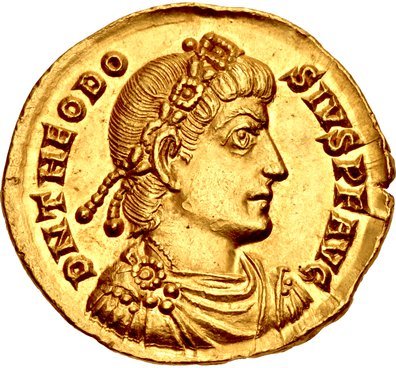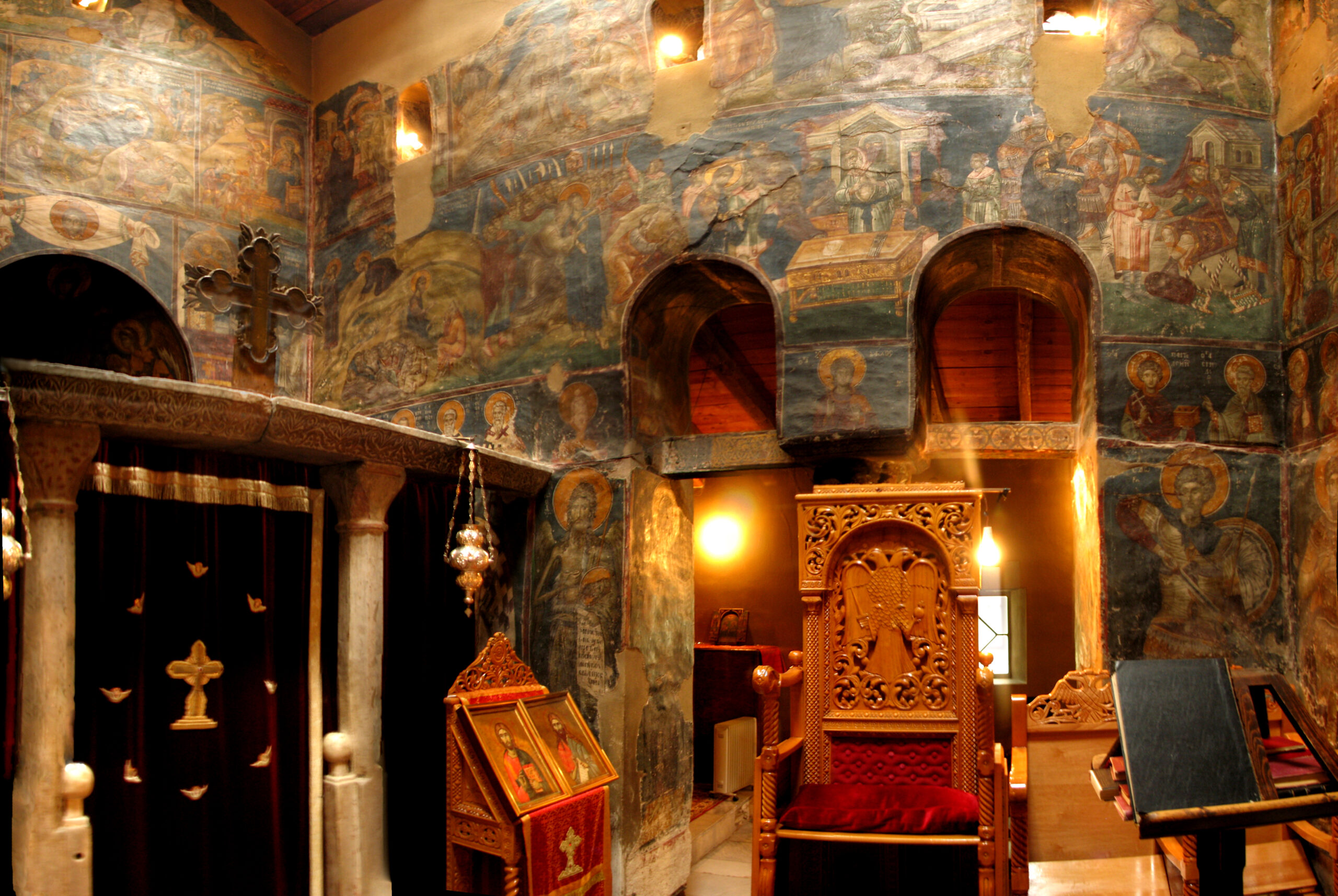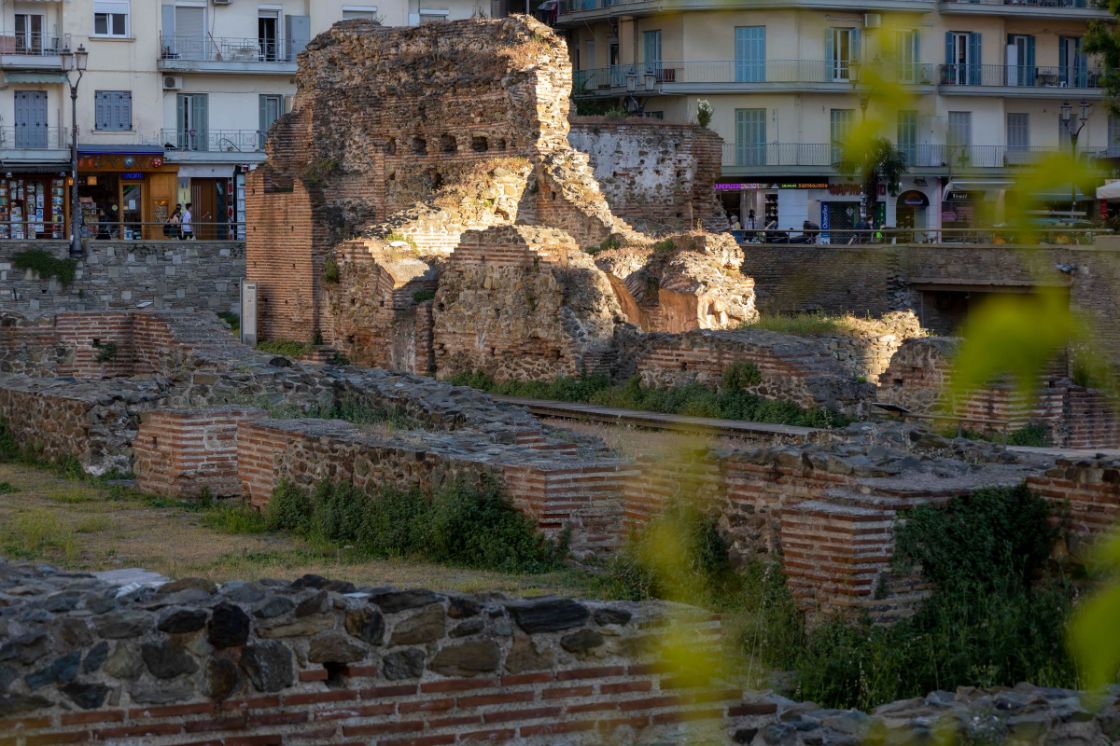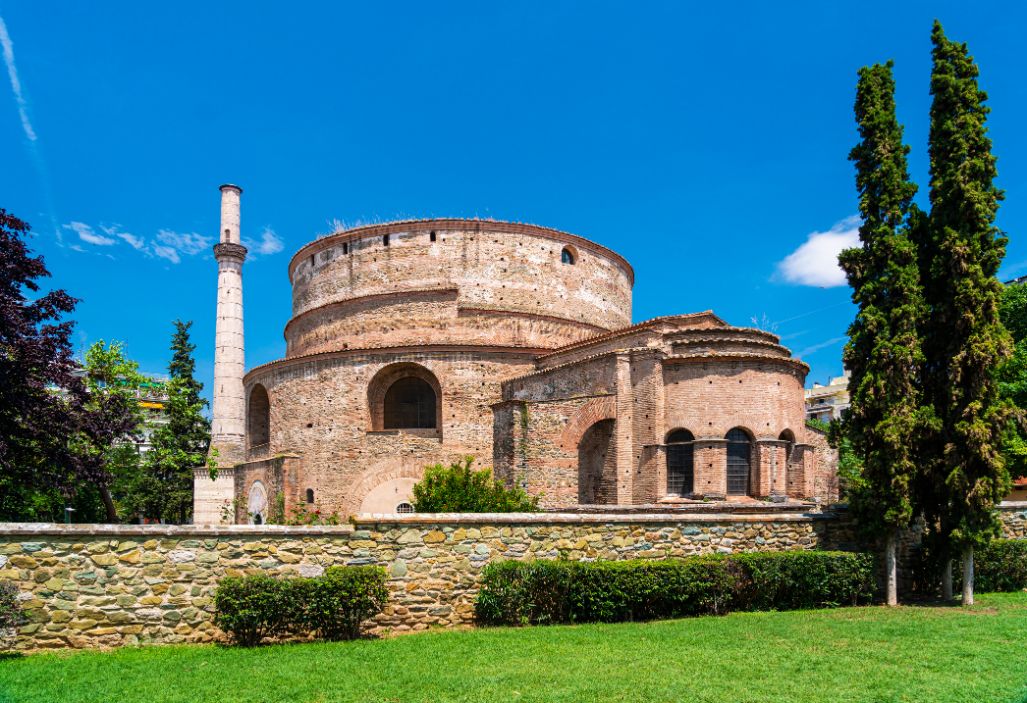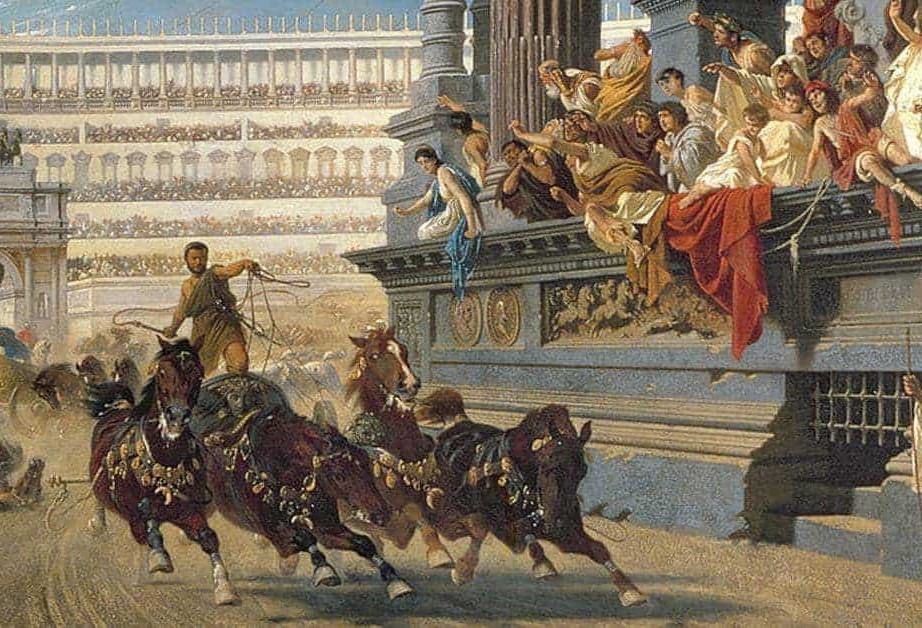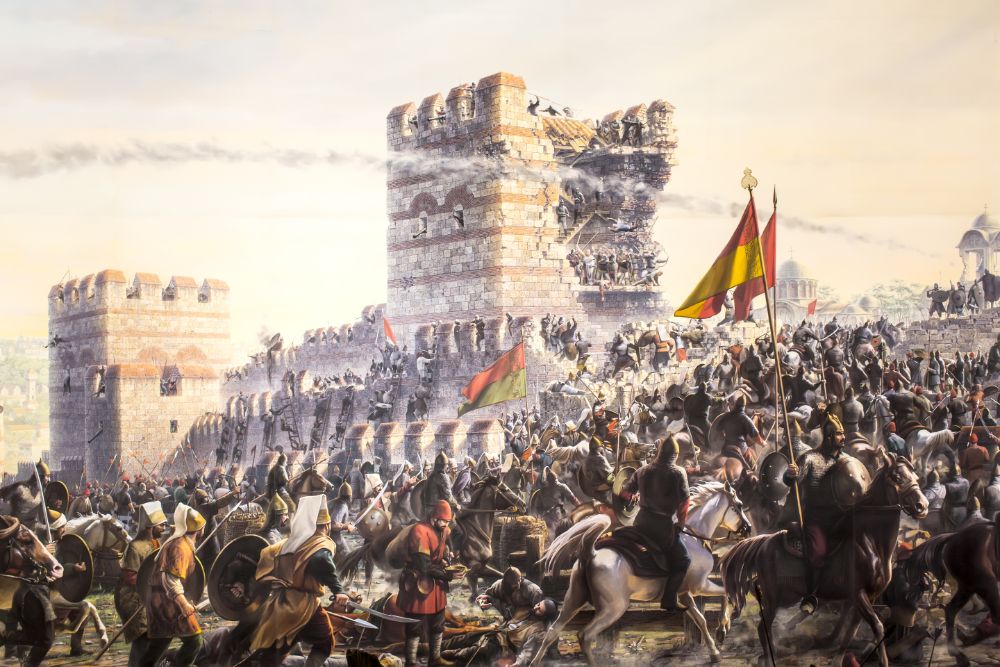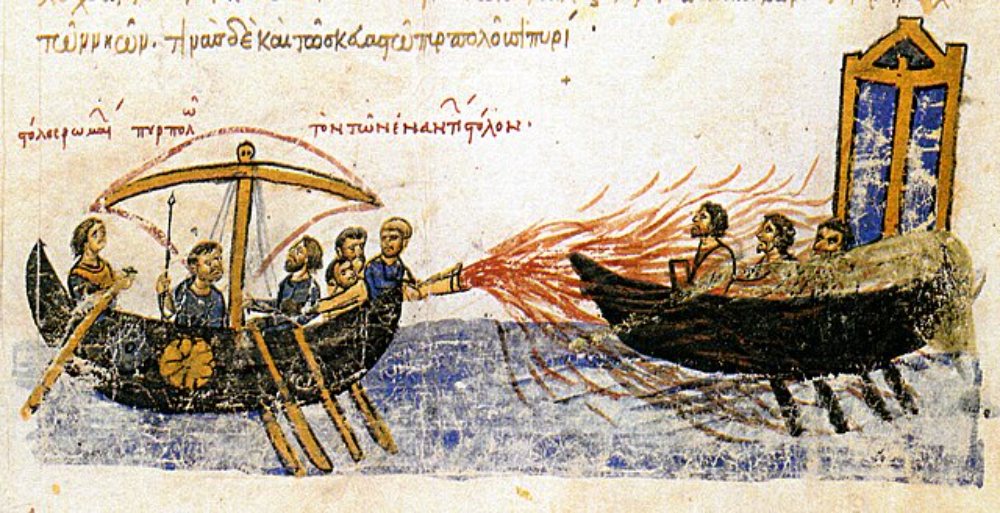The Sacred Monastic Center of Orthodox Christianity
Mount, a historically significant peninsula in northern Greece, has been a center of Orthodox Christian monasticism since the 9th century. Its ascent to prominence began in 972 AD when the Byzantine Emperor Ioannis Tsimiskis granted autonomy to the area, allowing monks to establish a monastic community there. This marked the foundation of a religious haven devoted to the Virgin Mary, who is considered the protector of the mountain.
Throughout the centuries, Mount Athos evolved into a spiritual sanctuary, home to twenty monasteries, each reflecting the Byzantine architectural style and housing invaluable religious relics and manuscripts. The monasteries were not only places of worship but also centers of learning, contributing via manuscripts to the preservation of Greek culture and Orthodox theology during times of crisis, such as the Ottoman occupation.The unique status of Mount Athos was further solidified by the prohibition of female entry, known as “avaton,” established to maintain the monastic lifestyle. This tradition continues to this day, allowing only men to enter the peninsula.
In addition to its spiritual significance, Mount Athos has influenced art, literature, and philosophy, drawing pilgrims and visitors from around the world. The rich heritage of the monastic community has been recognized as a UNESCO World Heritage Site, ensuring the preservation of its cultural and religious legacy. Today, Mount Athos remains a symbol of Orthodox faith, resilience, and devotion, standing as a testament to the enduring power of spiritual tradition.



